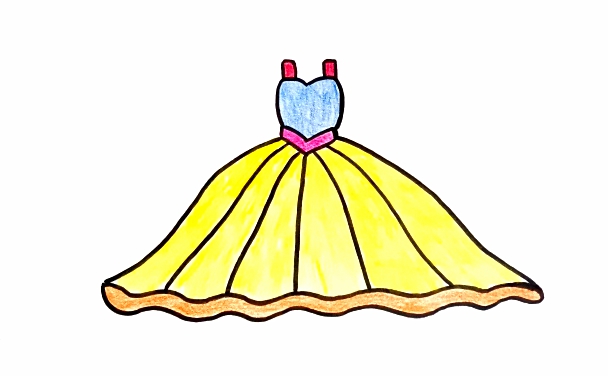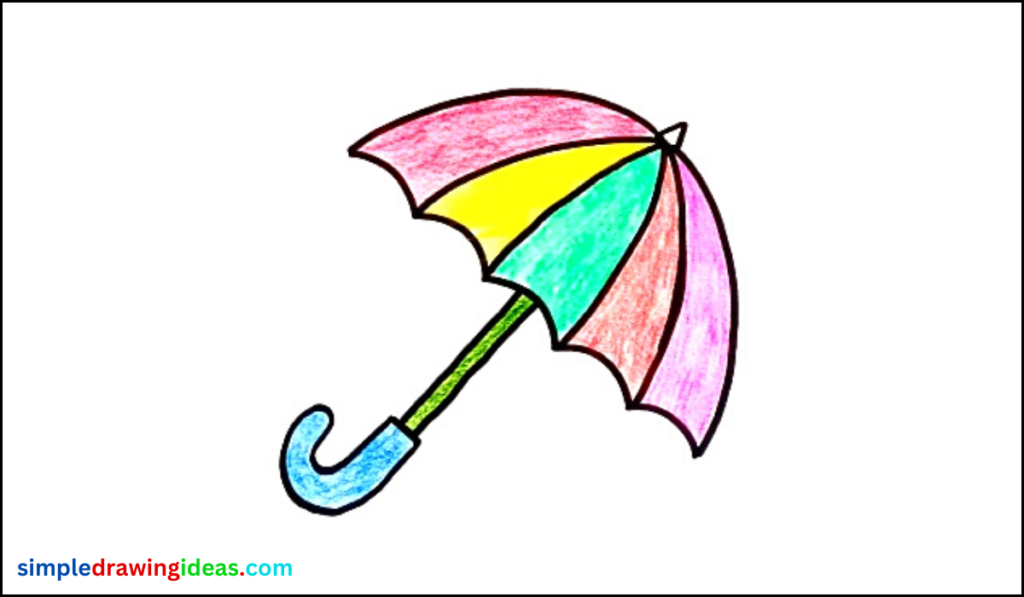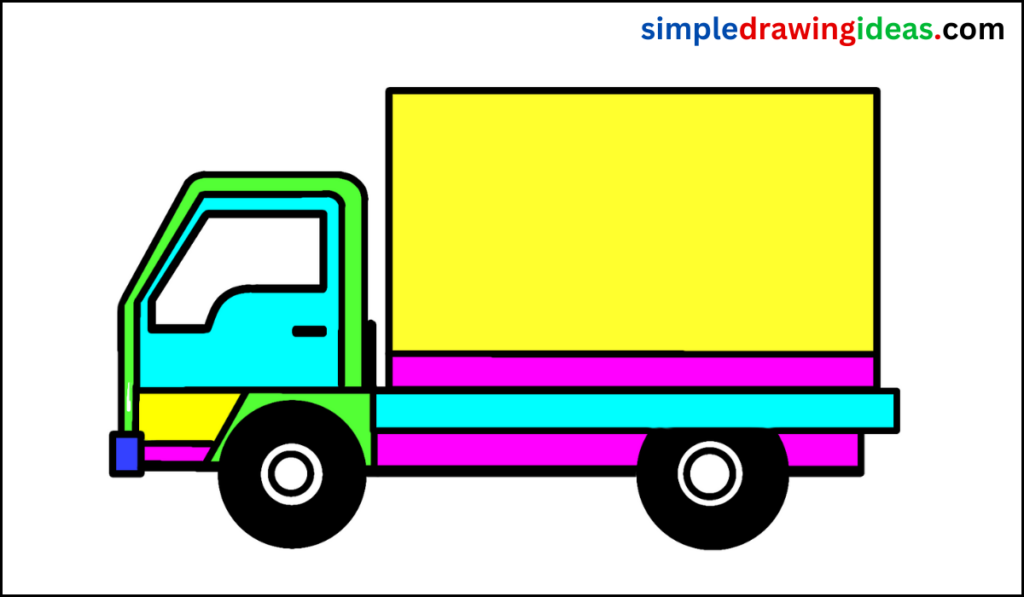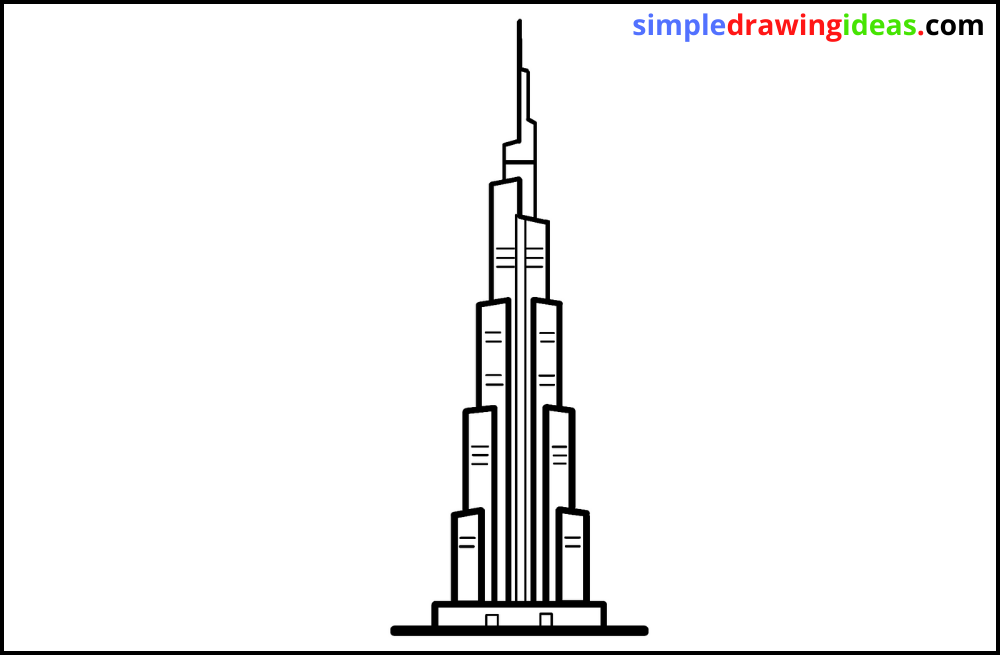In this drawing lesson, you will learn how to draw a tree step by step.
This simple instruction will consist of six steps.
For more drawing videos, you can visit my youtube channel: Easy Drawings.
Drawing a tree is a great way to explore the natural world and tap into your creativity.
Whether you’re an experienced artist or just starting out, there are a few key things to keep in mind when drawing a tree.
In this article, we’ll take a look at the steps you need to take to create a realistic and detailed tree, from sketching the trunk and branches to adding the leaves and details.
We’ll also explore different techniques and materials that you can use to create different effects and styles.
Whether you’re interested in creating a realistic landscape or a more stylized tree, this guide will help you get started.
How to Draw a Tree step by step
With a little practice and patience, you’ll be able to draw a beautiful tree that you can be proud of.
So grab your pencils, pens, or paints and let’s get started!
Materials
- Pencil
- Paper
- Eraser
- Coloring supplies
Time needed: 15 minutes.
STEP 1
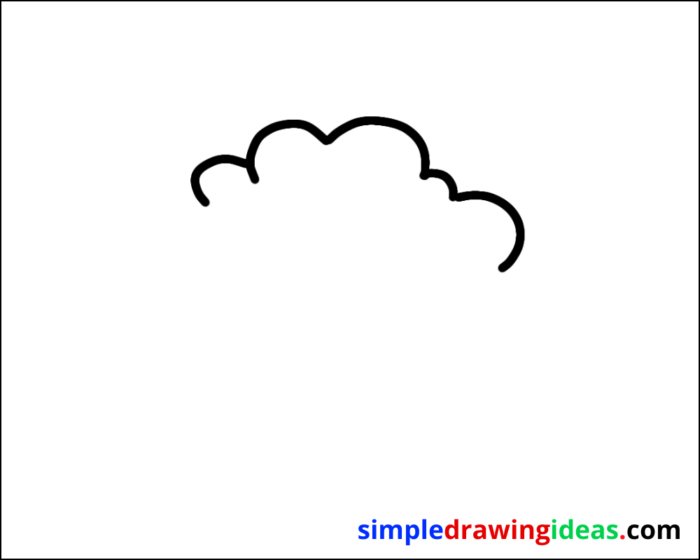
Draw the side of the tree
STEP 2
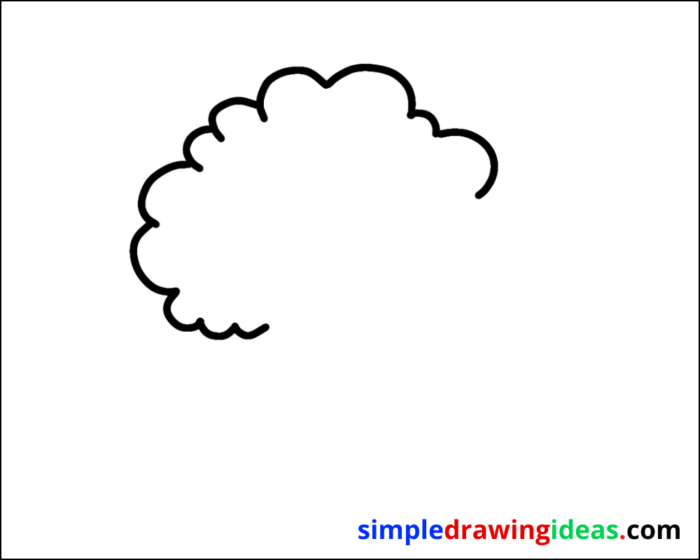
Complete the canopy.
Extend the lines and illustrate the uppermost foliage.
STEP 3
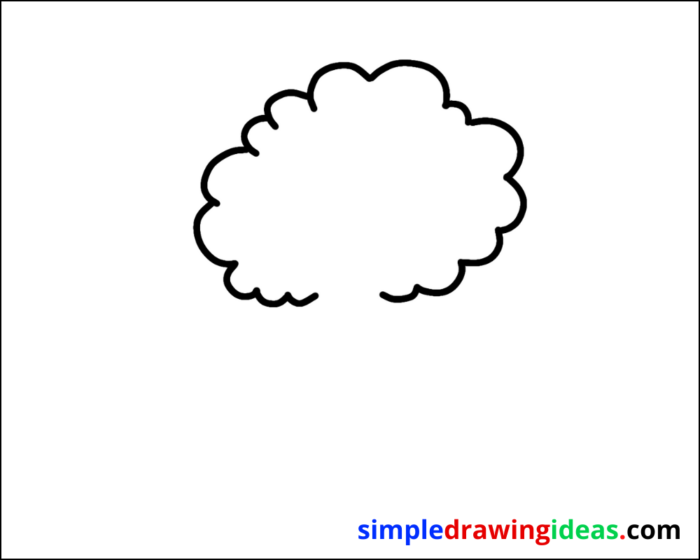
Complete the foliage.
Draw rounded, flowing lines on the right to create an enclosed shape of the foliage
STEP 4
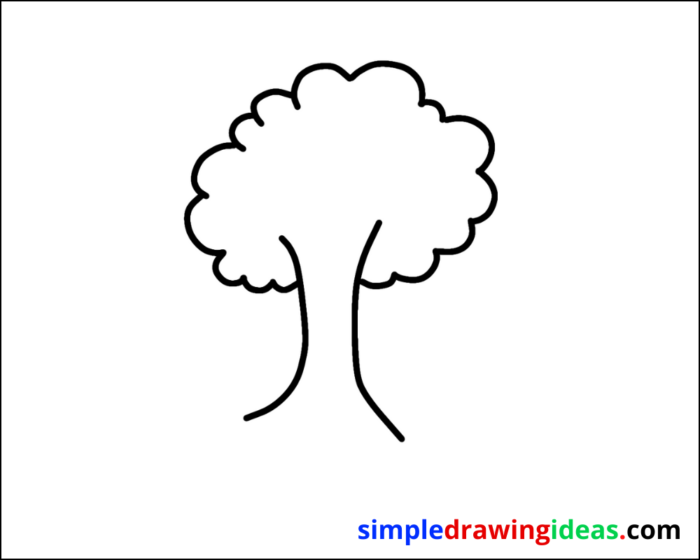
Sketch the tree’s roots.
STEP 5
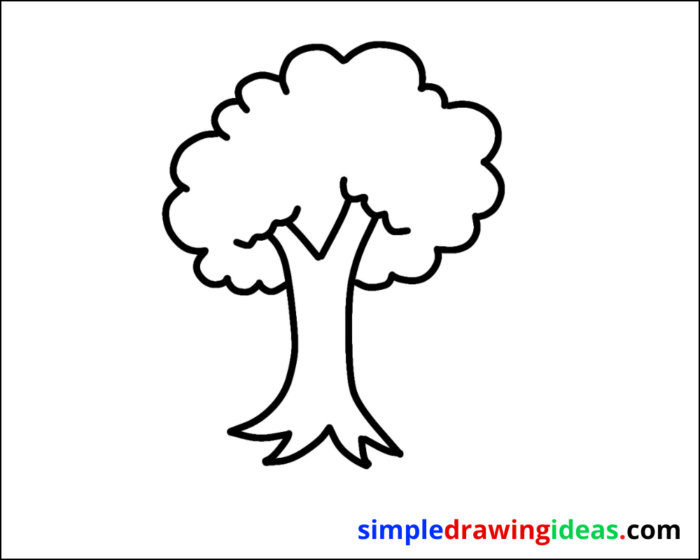
Illustrate the base of the tree.
Join the lower ends of the lines previously drawn to depict the portion of the tree’s roots.
STEP 6
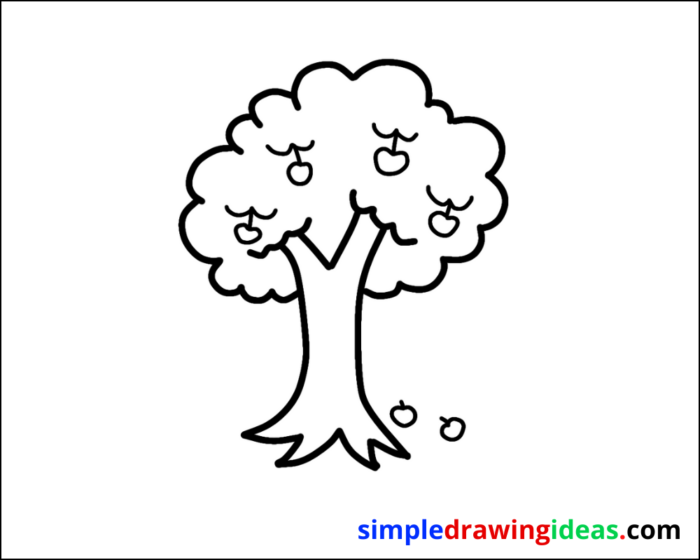
Add some apples to the tree
STEP 7
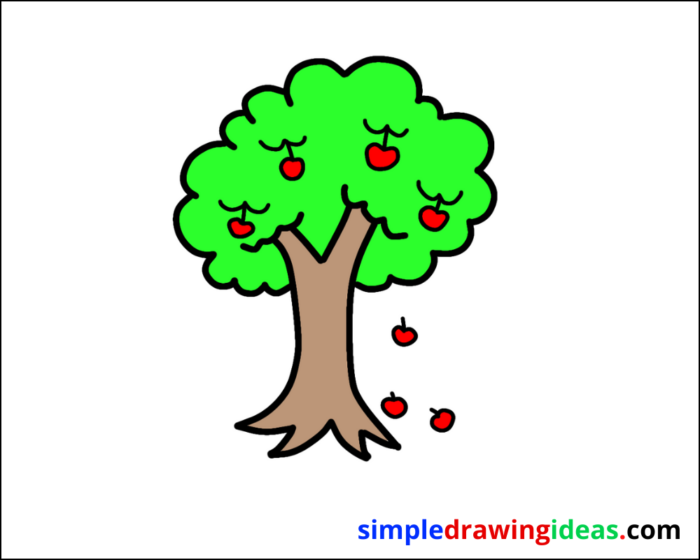
Color the tree.
How do trees benefit the environment and living organisms?
Trees play an essential role in maintaining the health and balance of the environment and supporting various forms of life. Some of the ways that trees benefit the environment and living organisms include:
Clean air: Trees absorb carbon dioxide, a greenhouse gas, and release oxygen through the process of photosynthesis. They also help to filter pollutants and improve air quality.
Water conservation: Trees act as natural filters, absorbing and slowing down the flow of water, reducing erosion and helping to recharge aquifers.
Climate regulation: Trees provide shade, reduce temperature fluctuations, and help to regulate the local and global climate.
Soil conservation: Trees protect the soil from erosion, add organic matter and help to maintain soil fertility.
Biodiversity: Trees provide habitats and food sources for a wide range of animals, insects, and other organisms. Forests are also home to many endangered species.
Recreational benefits: Trees and forests provide recreational opportunities such as hiking, camping, and bird watching.
Economic benefits: Trees and forests provide valuable resources such as wood, paper, and non-timber products, and support many industries such as tourism, recreation and eco-tourism.
Aesthetic benefits: Trees can enhance the aesthetic and aesthetic value of urban and rural landscapes.
Overall, trees and forests play a vital role in maintaining the health and balance of the environment, supporting a wide range of life forms, and providing many benefits to humans.
How do trees grow and reproduce?
Trees grow and reproduce in a variety of ways, depending on the species. The most common method of reproduction for trees is through seeds. Trees produce seeds that are enclosed in a protective covering, such as a fruit or cone. The seeds are dispersed by wind, water, or animals, and can grow into new trees when they find the right conditions.
Trees can also reproduce vegetatively, through the growth of new shoots or roots. For example, some trees can grow new shoots from the base of the trunk, while others can sprout new roots and shoots from underground root systems.
For the growth, Trees absorb water and nutrients through their roots, and use energy from the sun to convert carbon dioxide and water into glucose, which serves as a source of energy and building material for the tree. The process of photosynthesis occurs in the leaves, where chlorophyll captures sunlight energy and converts it into chemical energy.
As the tree grows, it develops a trunk, branches, and leaves. The trunk supports the weight of the tree and its branches, while the leaves carry out photosynthesis. Over time, a tree will continue to grow taller and wider, adding new layers of growth each year. This process continues throughout the tree’s lifetime, until eventually it dies and decomposes, returning its nutrients to the soil.
How can you create a stylized tree drawing rather than a realistic one?
Creating a stylized tree drawing is a great way to add a unique and creative touch to your artwork. Here are some tips for creating a stylized tree drawing:
Simplify the shape: Instead of trying to replicate the exact shape of a tree, simplify it by reducing the number of branches and leaves. This will give your tree a more abstract and stylized look.
Use bold lines: Use thick, bold lines to create the trunk and branches of your tree. This will give your tree a more graphic and eye-catching look.
Play with color: Experiment with different colors to create a more vibrant and dynamic tree. You can use bright, contrasting colors to make your tree stand out, or use more muted colors for a more subdued look.
Use different textures: Try using different textures to give your tree a more interesting and unique look. You can use a variety of different brushstrokes to create the look of bark or leaves.
Experiment with different perspectives: Instead of drawing your tree from a traditional front-on perspective, try drawing it from a different angle. This can help to give your tree a more dynamic and interesting look.
Use different techniques: You can use different techniques like cross hatching, stippling and scribbling to create a more detailed and textured look.
By following these tips, you can create a stylized tree drawing that is unique and eye-catching, and that stands out from more realistic drawings.
Remember that there are no rules when it comes to stylized art, so be creative and have fun with it!
Conclusion
In conclusion, drawing a tree can be a fun and rewarding experience.
Whether you’re looking to create a realistic or stylized tree, there are a variety of techniques and approaches you can take.
To draw a realistic tree, start by sketching out the basic shape of the tree, and then add details like branches and leaves.
To create a stylized tree, try simplifying the shape, using bold lines, experimenting with color, and playing with different textures and perspectives.
Additionally, it’s important to understand the benefits of trees in the environment and living organisms.
Trees play a crucial role in the environment, helping to purify the air, prevent soil erosion, and provide habitat for a wide variety of animals.
Trees also reproduce through seeds or vegetatively.
Also, remember to have fun and experiment with different techniques and styles.
With practice and patience, you’ll be able to create beautiful and unique tree drawings that you can be proud of.
More videos:
Keywords:
how to draw, drawing, easy drawing, learn to draw, simple drawing ideas, simple drawing, drawing ideas,
things to draw, stuff to draw, how to draw a Tree, Tree drawing,
easy Tree drawing, how to draw a Tree step by step.

